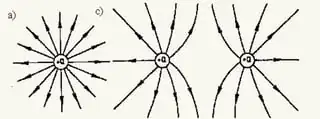When I ask this, I mean it as in when a test charge $q$ is placed in a region that contains two fixed charges $q_1$ and $q_2$, the force acting on it is the vector sum of the forces it would experience when placed alone with either of the two charges. In essence, I'm asking about the principle of superposition. Why is it that charges don't have effects on each other's fields? Is there some sort of symmetry argument that can be used to show that?
I'm also trying not to simply accept the argument that Maxwell's equations are linear, as from my understanding their linearity is more postulated than anything else.
EDIT: So many quantum explanations! Those are all fine and good, but I was hoping for something that did not have to rely on more advanced and fundamental particle physics, just a classical argument.
